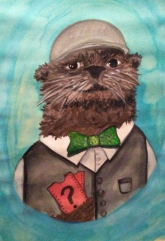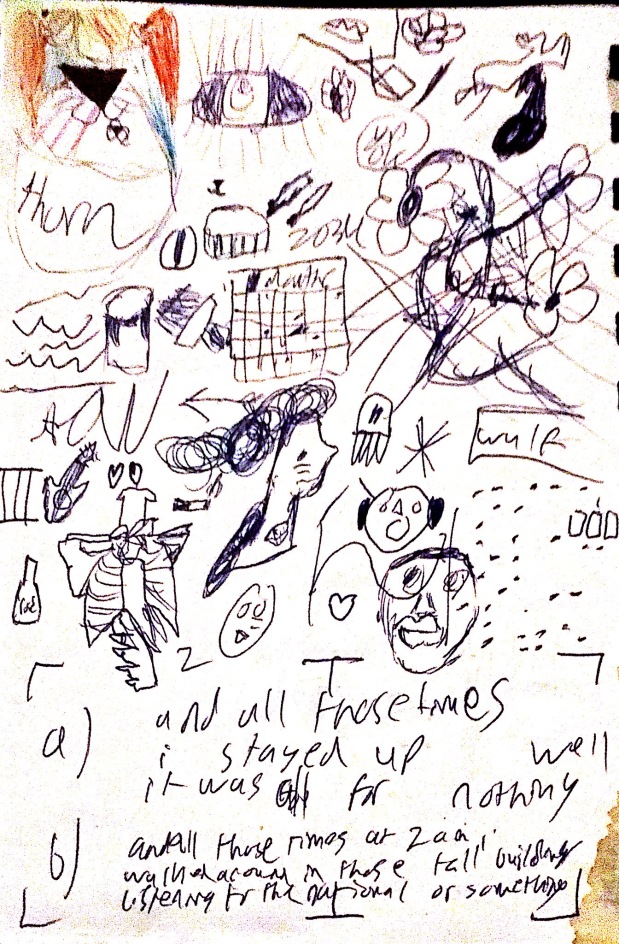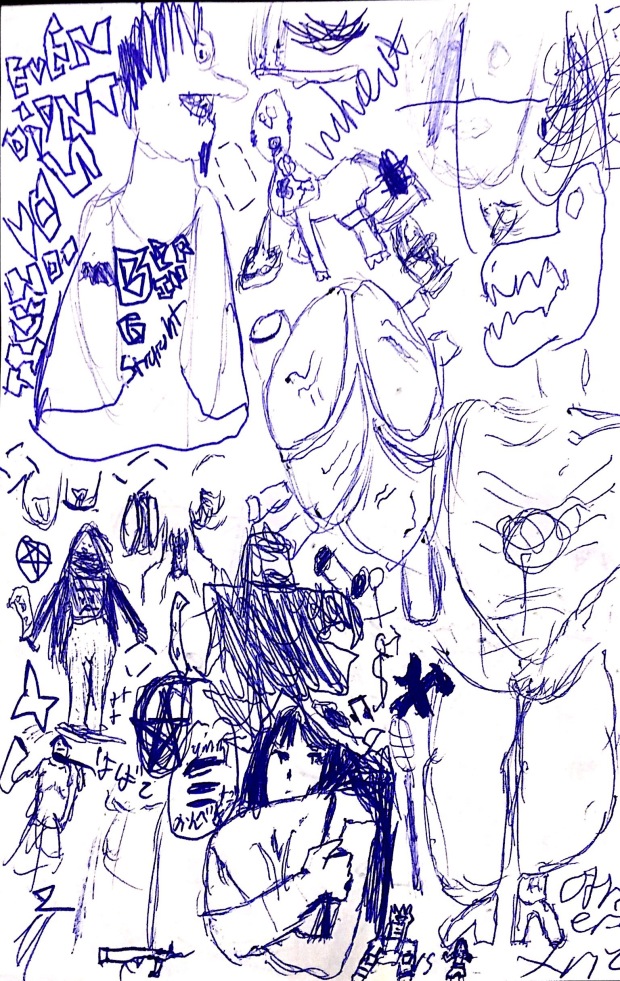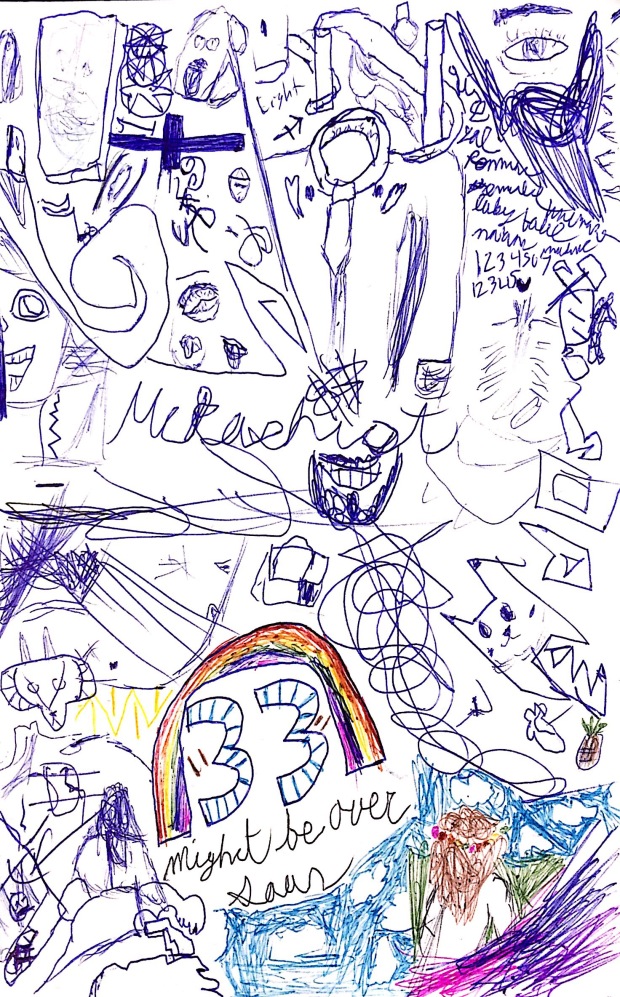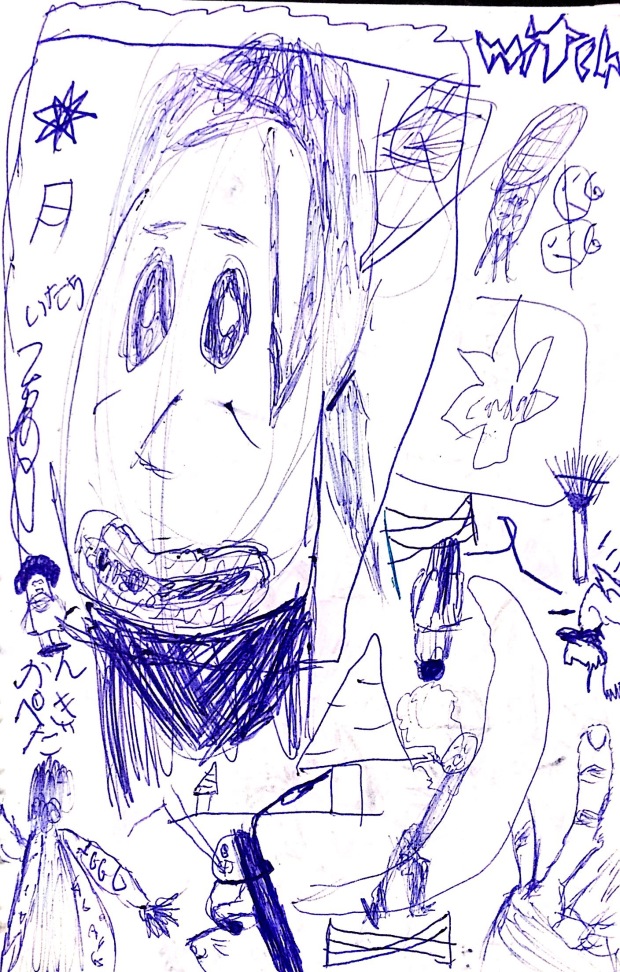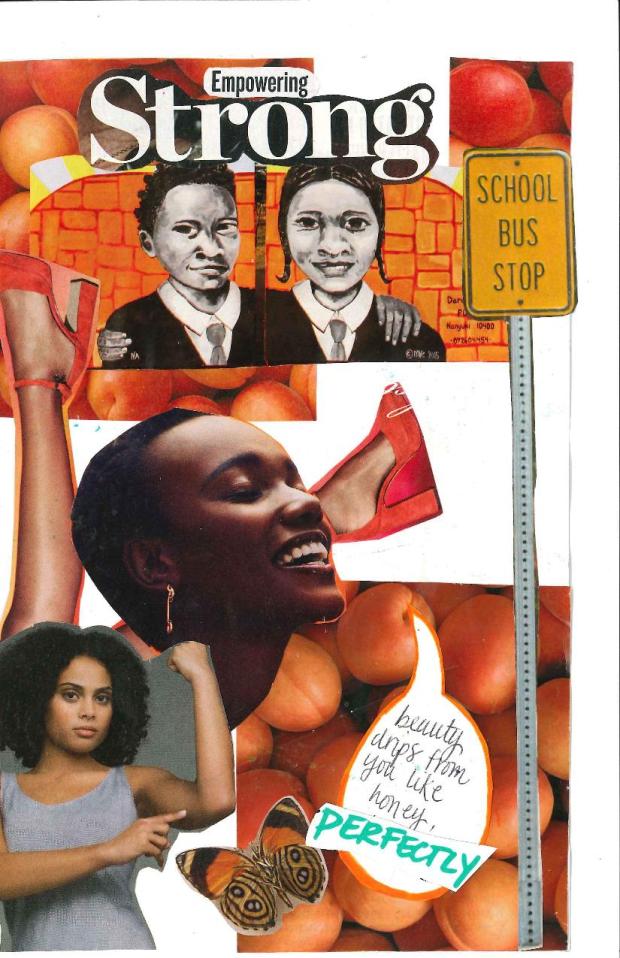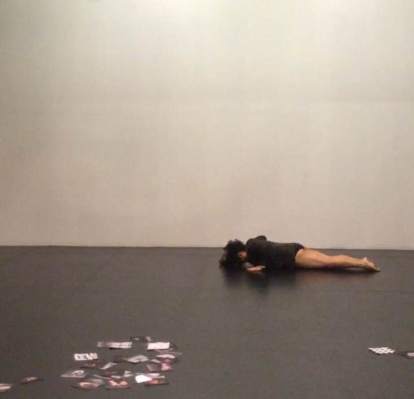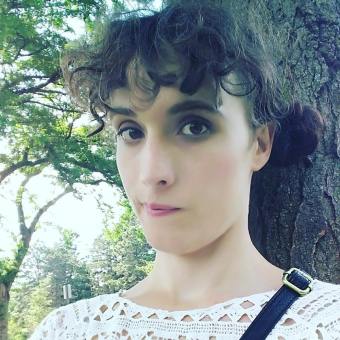
Talk about your background as an artist.
Well, from a very young age, maybe five or six years old, I was always keenly aware that I was different from “other boys.” I wanted to be … an actor! Surprise! You thought I was going to say a girl, didn’t you? But nope, I saw Macauley Culkin in Home Alone – he was my age, and I just thought “I want to do that!” I got really into it from 7th through 12th grade, then I quit almost cold turkey when I got to college. I remember the prospect of vulnerability and failure suddenly seemed terrifying. So I started writing songs and playing in rock bands for the next 12 years or so. After my last band broke up in 2014 I decided to start acting again. The mere thought of it set my heart aflutter. I took every class I could find, and when I stumbled into a Margolis Method workshop that Erik Hoover was teaching, things really started to take off. I kind of dove head first into that and haven’t really looked back.
What aspects of your [queer] identity do you hope to express through your role(s) in BALLAST?
Well, I am a trans woman playing a trans woman named Grace. My experience definitely informs my interpretation of Grace, but I’m more concerned with expressing Grace’s queer identity than my own. I want people to see Grace and understand that she is just like them: a flawed, three-dimensional fully human being. Grace is more than just her trans identity, as are all trans people. For example, Grace is a pastor, and she is married. She is driven primarily by her need to have a partner who understands her, and also to get “back in the pulpit” as the script notes say. What happens when those needs conflict? A real human drama emerges, that’s what, and you don’t need to be trans to relate to it. I just think that’s so rare for trans characters, to be allowed to be fully human and fully relatable. It’s very refreshing.
Why do you feel it is important to share this story with the community?
Representation, representation, representation. There is this amazing quote by Junot Diaz about vampires, how part of their monstrousness is that they have no reflection when they look in the mirror. Art is a mirror for our culture. And if you don’t see yourself reflected in it, what does that make you? You begin to believe you are a monster. I certainly did. It wasn’t until I saw Jamie Clayton play Nomi Marks on Sense8 (trans author, director, character and actress, hmm …) that the thought truly occurred to me: you could be a trans woman with a normal life, friends and loving relationships. Suddenly trans women became real, transition became an option, and I literally thought “is that ME??” It was terrifying, but I was badly in need of it. Representation matters so, so much.
What social issues are important to you and how do they inform the art you create?
In my heart I want to see justice and the end of oppression everywhere across the earth and for all future generations who will inherit this earth from us. I aspire to be feminist, anti-racist, anti-colonialist, pro-LGBT and pro-environmental justice. I am also a white college-educated middle class able-bodied neurotypical woman, and I do not come close to living up to those aspirations.
Social issues inform the art I create insofar as they can give me some insight into what outside forces might be acting upon a character. But I think, at bottom, both my art and the social issues that I care about are informed by plain old empathy. Just understanding that people are suffering and trying to let that knowledge guide the choices you make.
What other artists or performances have inspired you over the years?
Laverne Cox is such a great role model and such an ideal spokesperson for trans people and also for people of color. I don’t want to put anyone on a pedestal but she is as close to perfect as they come. Jen Richards and Angelica Ross were brilliant in HerStory. Laura Jane Grace has pulled me through some tough times. I’ve already mentioned Jamie Clayton – I should mention the Wachowskis too. I’ve also mentioned unattainable aspirations – a big part of me aspires to become trans Meryl Streep. I am inspired by all the artists I have collaborated with like Claire Avitabile, Kym Longhi and Shalee Coleman just to name a few. And I am also constantly inspired by my teachers Kari Margolis, Erik Hoover, Jarod Hanson and a whole bunch of other amazing folks.
Are you working on any other projects or are there others you hope to work on?
Nothing specific in the pipeline at the moment. There are some very vague non-specific things but I don’t want to doom them by saying them out loud.
When you’re not rehearsing for BALLAST, how do you spend your time? What are some of your hobbies or passions in life?
My main hobby and passion in life is acting and theatre. I also recently moved into a new house and started working as a web developer for MPR. In my free time, I’m probably either enjoying a peaceful walk around a lake or freaking out about the news.
Dreams play a big role in BALLAST. Tell us about a weird/scary/wonderful/funny dream you’ve had recently.
Lately I haven’t been remembering my dreams much. My sense is that they are of the “quotidian bizarre” variety, where everything is normal except one or two strange twists. Usually I’m trying to do something but things keep getting in the way and I can’t … quite … do … then I wake up. Sometimes I can breathe underwater or fly and I think to myself “this is going to be a really useful skill in the future!” It can be very frustrating, alas.


 What aspects of your [queer] identity do you hope to express through your role(s) in BALLAST?
What aspects of your [queer] identity do you hope to express through your role(s) in BALLAST?



